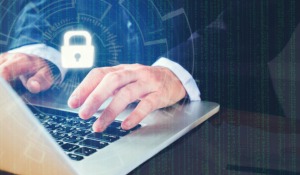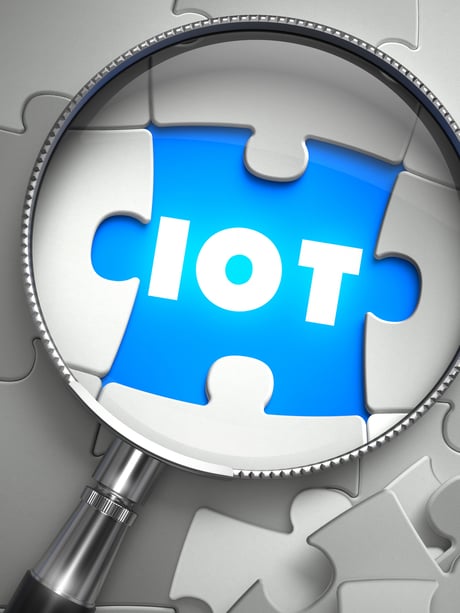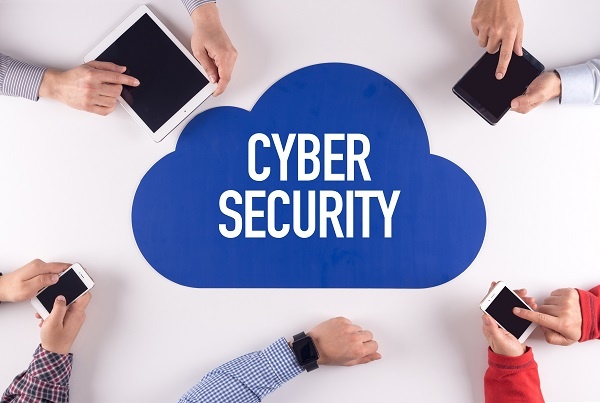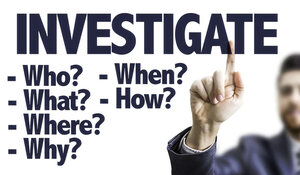DriveLock SE secures €3.0 million capital raise
Munich, November 19th, 2018 – DriveLock SE, the industrial Internet-of-Things (“IIoT”) endpoint protection specialist headquarted in Munich...

The Internet of Things (IoT) and its industrial counterpart, the Industrial Internet of Things (IIoT), have revolutionized the way we live and work. From smart homes to connected factories, these technologies offer incredible convenience and efficiency. However, this increased connectivity also expands the potential attack surface for cybercriminals. With billions of devices now online, the risks in the IoT and IIoT worlds are greater than ever.
| TABLE OF CONTENT |
This post will explore the unique security challenges presented by these interconnected systems and provide actionable strategies for mitigating these risks, ensuring your smart devices and industrial operations remain safe and secure.
The Internet of Things (IoT) extends network connectivity from computers, mobile phones and tablets to a variety of more simple objects which utilise internet technology to communicate and interact with the external environment. These devices may include security systems, cars, electronic appliances, vending machines and more. Have you been on a train or bus and are able to track the whereabouts of the vehicle through a mobile app? Yes, apps such as TripView app utilise IoT technology to transfer GPS data straight into your mobile.

The Industrial Internet of Things (IIoT), on the other hand, is more for efficiency and businesses rather than the user-centric nature of IoT. IIoT connect machines and devices in the manufacturing, utilities and other industries. It enhances manufacturing processes by incorporating machine learning technologies and automated machine to machine communication. It affords businesses predictive maintenance, predicting defects before they occur to ensure a proficient and cost-effective result.
However, unlike IoT, system failures and downtime in IIoT deployments can result in high-risk emergency situations if an incident was to occur.
The industrial sector has been a significant adopter of IIoT technologies, driving advancements in automation, efficiency, and productivity. In manufacturing, IIoT enables real-time monitoring of production lines, predictive maintenance of equipment, and optimized resource allocation. Sensors embedded in machinery collect data on performance, temperature, and other critical parameters, which is then analyzed to identify potential issues before they lead to costly downtime.
This proactive approach to maintenance minimizes disruptions and maximizes operational efficiency. Beyond manufacturing, IIoT is transforming industries like energy, where smart grids utilize connected devices to optimize energy distribution and consumption, and transportation, where connected vehicles and infrastructure improve traffic flow and safety. The integration of IIoT in these sectors is not only enhancing productivity but also creating new business models and revenue streams.
The public sector is increasingly leveraging IoT and IIoT to improve citizen services, enhance infrastructure management, and promote sustainability. Smart cities are a prime example, utilizing connected sensors and devices to monitor traffic congestion, optimize waste management, and improve air quality. IoT-enabled streetlights adjust their brightness based on real-time conditions, saving energy and reducing costs.
In public safety, IoT devices can monitor environmental conditions to predict and prevent natural disasters, while connected cameras and sensors enhance surveillance and crime prevention efforts. Furthermore, governments are exploring the use of IoT in areas like healthcare, education, and transportation to improve the quality of life for citizens and create more efficient and responsive public services. The data collected from these IoT deployments can provide valuable insights for policy-making and resource allocation.
The healthcare sector is witnessing a rapid adoption of IoT and IIoT, transforming patient care, diagnostics, and treatment. Wearable health trackers monitor vital signs and activity levels, providing valuable data for personalized healthcare. Connected medical devices, such as insulin pumps and pacemakers, allow for remote monitoring and adjustments, improving patient safety and convenience. Smart hospitals utilize IoT to optimize bed management, track medical equipment, and automate administrative tasks, increasing efficiency and reducing costs.
Furthermore, IoT-enabled telehealth platforms facilitate remote consultations and monitoring, expanding access to healthcare, particularly for patients in remote areas. The use of AI and machine learning in conjunction with IoT data is also enabling more accurate diagnoses and personalized treatment plans, leading to better patient outcomes. However, security and privacy are paramount in healthcare, requiring robust measures to protect sensitive patient data.
The General Data Protection Act (GDPR) extends to IoT devices and networks. GDPR urges companies to take action!
IoT and IIoT devices and systems which hold personal data could include a consumer device or an organisation application, such as connected medical equipment. Any security breach likely to result in a risk to the rights and freedoms of individuals, for example if the data has been accessed by an unauthorised source, must be reported right away. If not done within 72 hours of becoming aware of the incident, or you would face GDPR fines.
On top of worrying about data breach, the IoT network opens up the grid to malicious cyberattacks. A compromised network does not only mean access to private banking details, but access to public infrastructures such as traffic lights, GPS tracking systems and power plants could fall prey to hackers. Gartner stated that by the year 2020, 20 billion network-connected things can be hacked and compromised.
Also, consider this: you are a manufacturing company who utilises and relies on robots for efficient machine-produced products. If a hacker or an unknowing employee was to insert a USB device with malware then, at the very least, the operation of your machinery will be compromised. What is to stop this malware from running through your entire computer system, especially if this can impact on the general public safety.
The exponential growth of IIoT devices has lead to an increased demand for fully-integrated security solutions in the industrial segment.
IIoT operations leave a much larger space open to cyberattack. In the industrial sector, large amounts of data are sent to the cloud for analysis and used by different applications. These applications also communicate with physical devices. Significant numbers of IIoT devices are not being used with security in mind. DriveLock currently offers the best solutions for IIoT industrial machinery technology, with further support for personal devices and smart homes. We are leading the market as an endpoint security company who specialises in the IIoT sector, given the increasingly large role this technology has in the industry segment.
With DriveLock IIoT, you can expect a multi-layered approach to security including Device Control, Application Control, Encryption, Security Education and more. We provide protection for Industrial Control Systems (ICS) to ensure the safe operation of your machines, to protect you from internal and external threats. With Information Technology (IT) and Operations Technology (OT) increasingly connected, it is important to prevent potential disruptions which can result in technological and physical harm.

Munich, November 19th, 2018 – DriveLock SE, the industrial Internet-of-Things (“IIoT”) endpoint protection specialist headquarted in Munich...

Entering into a new decade requires businesses and professionals to rethink, reconsider and update their approach to IT security and ensuring the...

The importance of endpoint security continues to be prevalent in today's threat landscape as 70% of all breaches are found to have originated from...